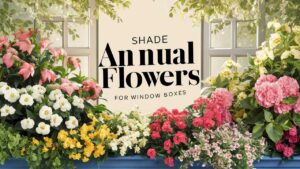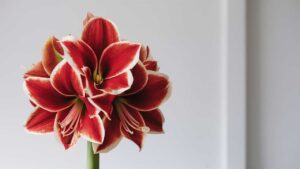This post aims to introduce you to a diverse selection of evergreens that flourish in shade, including their characteristics, care requirements, and how to effectively incorporate them into your shaded spaces.
Azalea
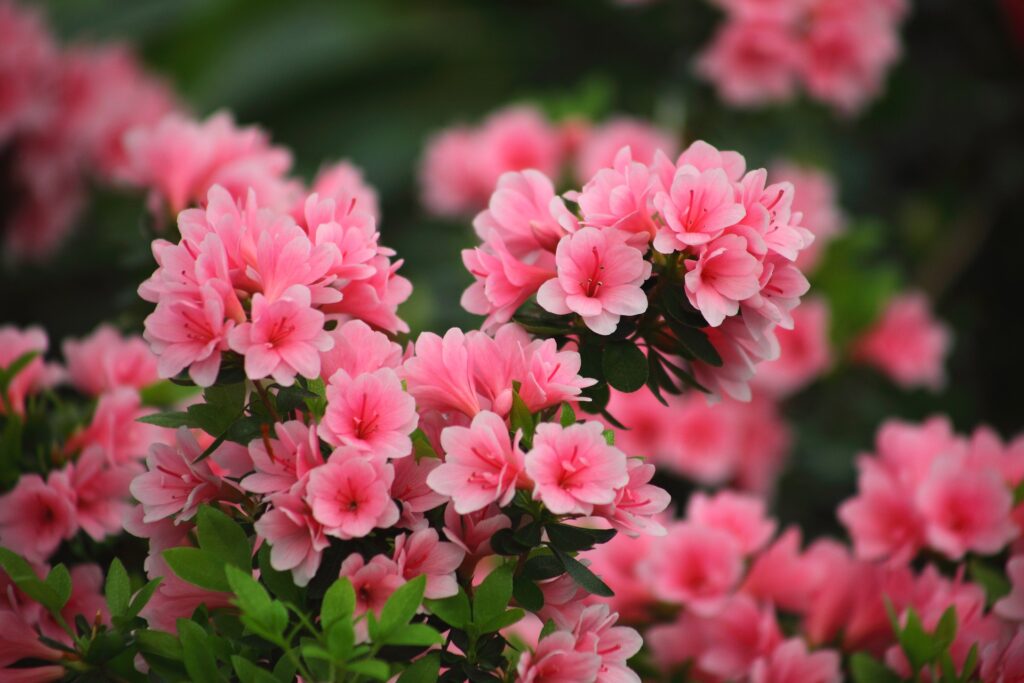
While not typically classified strictly as an evergreen, some varieties of azalea maintain their leaves throughout the winter, providing a lovely splash of color even during the colder months. Azaleas produce vibrant, trumpet-shaped flowers in spring, before their leaves fully unfurl, making them a spectacular choice for shaded areas in your garden. They thrive in partial shade, particularly in soils that are rich and well-drained yet retain moisture.
Azaleas appreciate some dappled sunlight but do best where they’re shielded from the harsh midday sun. When planting them, consider using organic mulch to help retain moisture and enhance the soil’s acidity, which benefits their growth. Pair them with a backdrop of larger evergreens to create a striking visual layer in your landscape.
Camellia
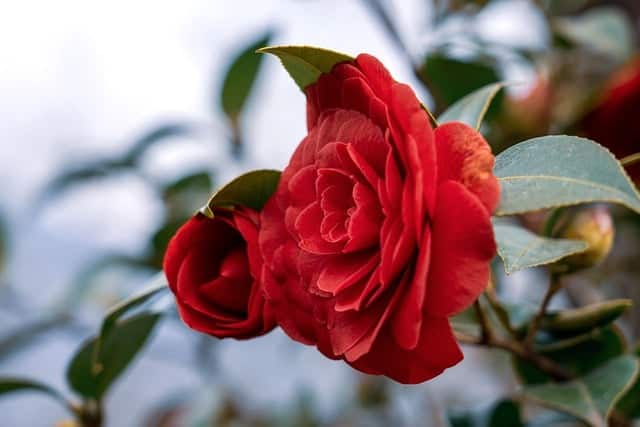
Camellias are classic shade-loving evergreens, renowned for their exquisite flowers that bloom in fall, winter, or early spring, often when most other blooms have faded. Their glossy, dark green leaves provide year-round interest, making them a versatile choice for any garden. Ideally, they thrive in lightly shaded areas where they can receive morning sun but are protected from the harsh afternoon rays.
Planting your camellia in acidic, well-aerated soils enriched with organic matter will yield the best results. Water regularly, especially while they’re establishing their roots, and consider applying a specialized camellia fertilizer to support their growth. Camellias also make for beautiful cut flowers, so they can bring elegance to indoor arrangements during the winter months.
Japanese Holly
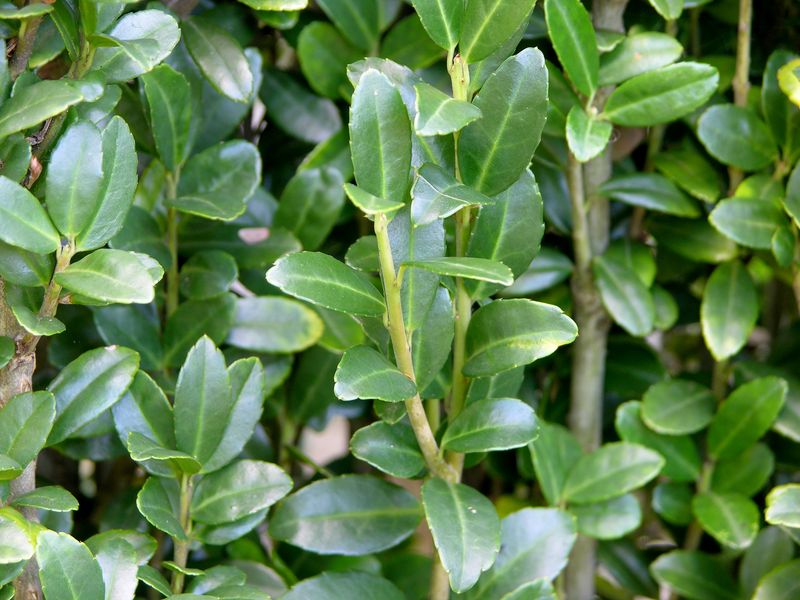
Japanese holly, or Ilex crenata, is a fantastic evergreen for shaded gardens with its small, glossy leaves and compact growth habit. This plant is versatile enough to be used as a low hedge, foundation plant, or even in containers. Its dark green foliage provides a wonderful backdrop for seasonal decorations or to enhance other flowering plants.
Japanese hollies flourish in higher shade conditions but will tolerate some sunny spots, making them a practical choice for partially shaded areas. They require well-drained soils, and regular watering during dry spells ensures their health. This evergreen is also relatively pest-resistant, making it a low-maintenance option for gardeners.
Spotted Laurel
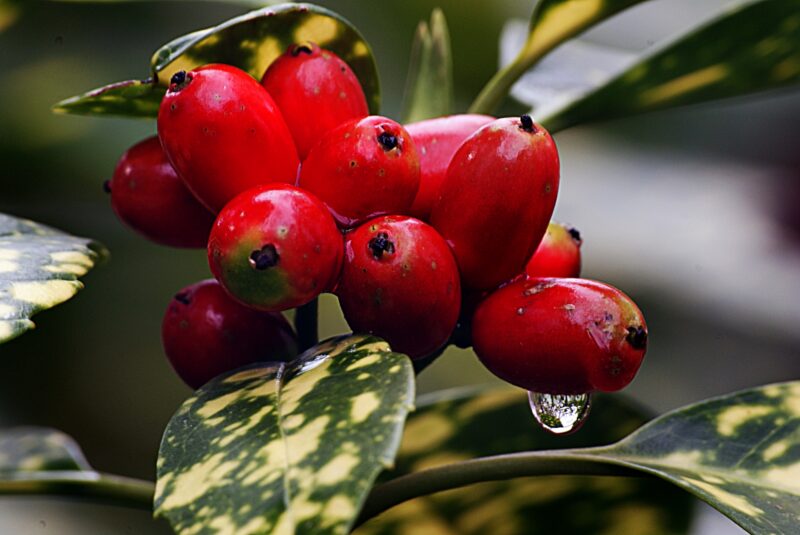
Spotted laurel (Aucuba japonica) is an excellent evergreen with a unique feature: its striking, yellow-spotted foliage that adds a delightful touch of color in winter. This shrub can tolerate full shade and is perfect for those dimly lit corners of your garden. Its ability to thrive in deeper shade provides a great opportunity to add dimension and interest to otherwise neglected areas.
For best growth, spotted laurels prefer moist, well-drained soil rich in organic material. While they are adaptable, avoid overly dry or waterlogged conditions. Given their unique appearance, they can also serve as a beautiful focal point when planted alongside more traditional evergreen shrubs.
Juniper
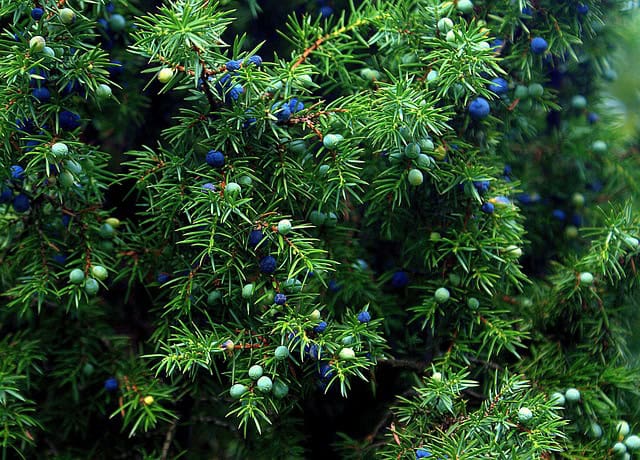
Junipers are a diverse group of evergreens that can adapt to a variety of growing conditions, including shaded areas. Certain low-growing varieties thrive in partial shade, where their needle-like foliage can create interesting textures along walkways or borders. Junipers offer varying colors—from bright green to deep blue—adding additional visual interest to your landscape.
When planting junipers in shaded areas, ensure they still receive some sunlight to maintain vibrant color and growth. Plant them in well-drained soil to prevent root rot. Regular trimming can help keep them neat and tidy, ensuring they fit nicely into your garden layout.
Rhododendron
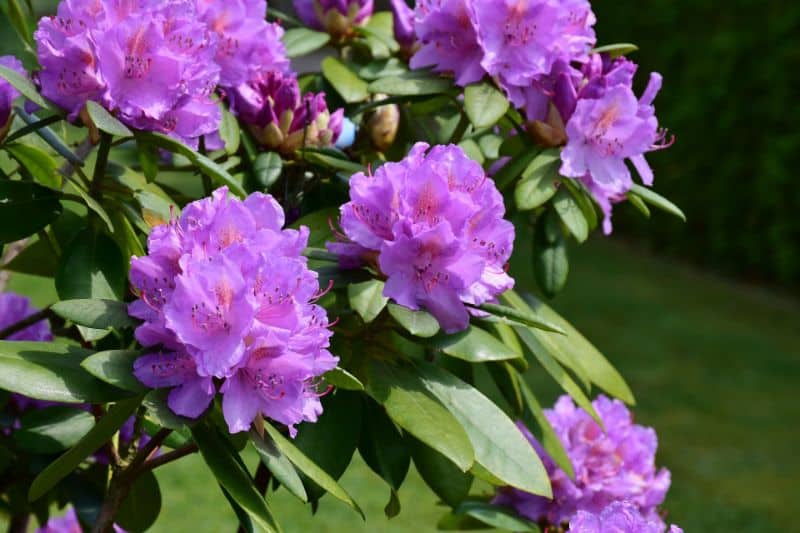
Rhododendrons are not only stunning but are also well-suited to shady environments, making them a popular choice for gardens. Known for their large, ornamental blooms, these evergreens can range in color from white to various shades of pink, purple, and red. Their thick foliage protects the blooms, allowing them to stand out even amidst dense greenery.
For optimal growth, rhododendrons prefer acidic, well-draining soils in shaded environments. They thrive best when protected from strong winds and extreme heat. The dense canopy formed by their leaves also provides shelter for underplantings, allowing for lower shade-tolerant plants to flourish beneath. Pair them with ferns or hostas to develop a lush underlayer in your shade garden.
Daphne
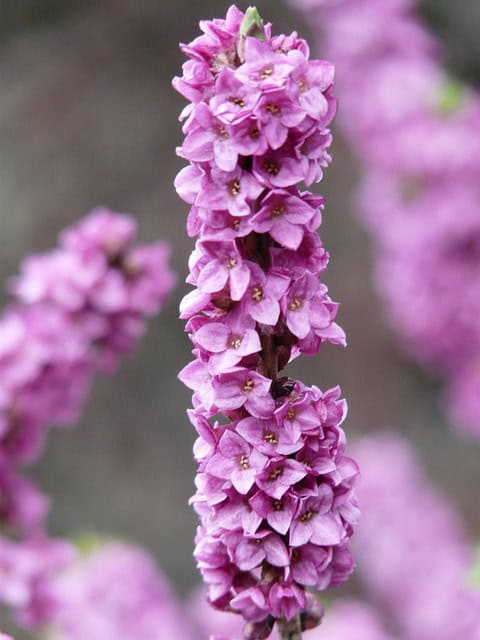
Daphne is a fragrant evergreen that is perfect for shaded spots in your garden. Known for its lovely blossoms that appear in late winter to early spring, the sweet fragrance can fill your garden with a delightful scent that beckons you outdoors. While somewhat slow-growing, daphne is well worth the wait, as its charming foliage and blossoms are unmatched.
When planting daphne, always choose a location with cool roots and good drainage. This plant thrives in acidic soils and enjoys some protection from strong sunlight. While it adapts well to partial shade, avoid planting in overly wet conditions, as this can lead to root rot. Daphne is an excellent choice for garden borders, foundations, or near pathways, allowing you to enjoy its fragrance as you stroll by.
Little Gem Magnolia
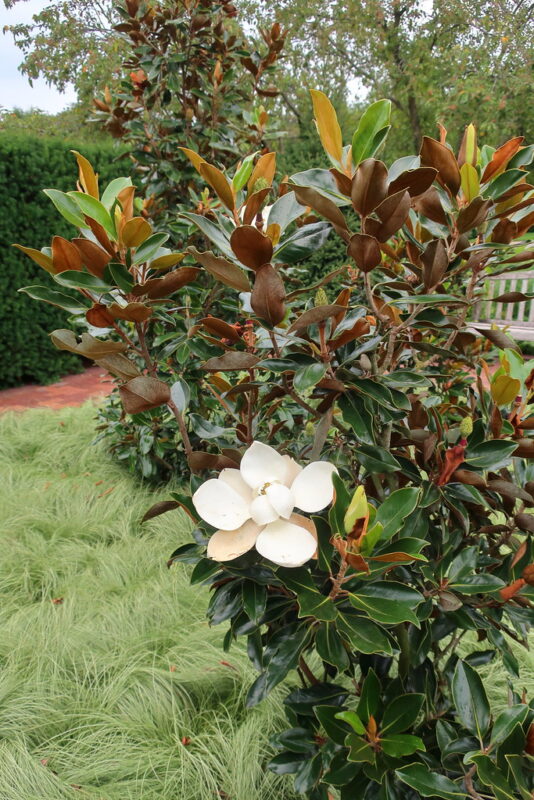
The Little Gem magnolia is a smaller variety of magnolia that works beautifully in shaded gardens, providing elegant, fragrant white blooms during the warmer months. Its evergreen foliage is dark green and glossy, ensuring that it contributes to the garden’s beauty year-round. This tree’s compact nature makes it an excellent choice for smaller yards or as a patio accent.
When planting, position the Little Gem magnolia in a spot where it will receive partial sun, as it does prefer some bright light. Regular watering is essential, especially during dry periods. This magnolia variety can also tolerate air pollution, which makes it suitable for urban gardens. Its blooms are fantastic for cutting, ensuring you can bring a bit of nature indoors.
Mountain Laurel
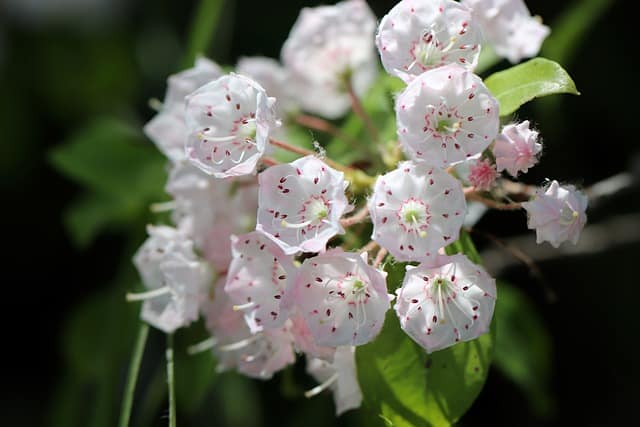
Mountain laurel, or Kalmia latifolia, is a charming evergreen shrub that flourishes in shady environments. Its unique clusters of delicate, star-shaped flowers create a lovely display in late spring, adding a pop of color to the garden when few other plants are in bloom. With its glossy leaves, it also provides year-round visual interest.
Mountain laurel prefers acidic, well-drained soils and would benefit from a layer of mulch to retain moisture and regulate temperature. Ideal for partially shaded woodland gardens or border plantings, it enhances the natural beauty of shaded areas. Providing it with enough space allows for the plant’s distinctive growth habit to develop fully, creating an organic, relaxed atmosphere in your garden.
Boxwood
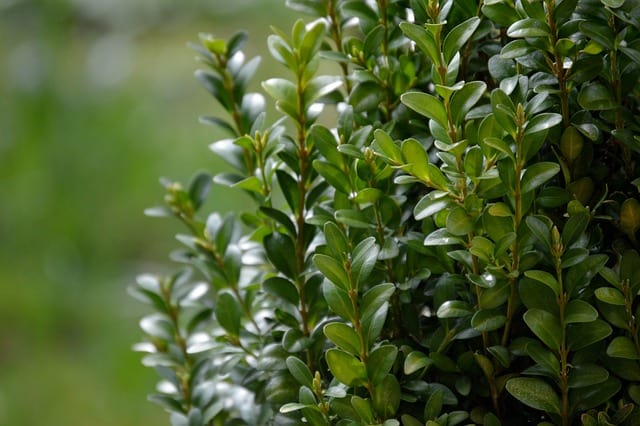
Boxwood is a classic evergreen hedge that can survive and thrive in shaded areas. Renowned for its versatility, you can shape it into formal hedges, topiaries, or let it grow naturally to create a lush backdrop for your garden. Boxwood retains its rich green coloring throughout the year, making it a reliable choice for creating structure and form in your landscape design.
Best planted in well-drained soils, boxwoods prefer partial shade but can tolerate full shade under certain conditions. Regular pruning will help maintain its shape, and careful attention to watering is essential, especially during times of drought. Use boxwood as a foundation planting or as part of a layered garden design to elevate the aesthetics of your shaded space.
Yew

Yews are evergreen shrubs or small trees that thrive in a variety of conditions, including shade. With their dark green needles and versatility, yews can create a dramatic appearance or be shaped for a more refined look. Many gardeners appreciate yew for its ability to adapt, making it a prime candidate for countless landscape designs.
Yews prefer well-drained soil that is moist but not waterlogged. While they will tolerate deep shade, their growth may become sparse without adequate light. Consider incorporating yews along borders or as hedges to provide contrast against lighter-colored plants. Their dense foliage makes them a favorite for privacy screens as well.
Sarcococca
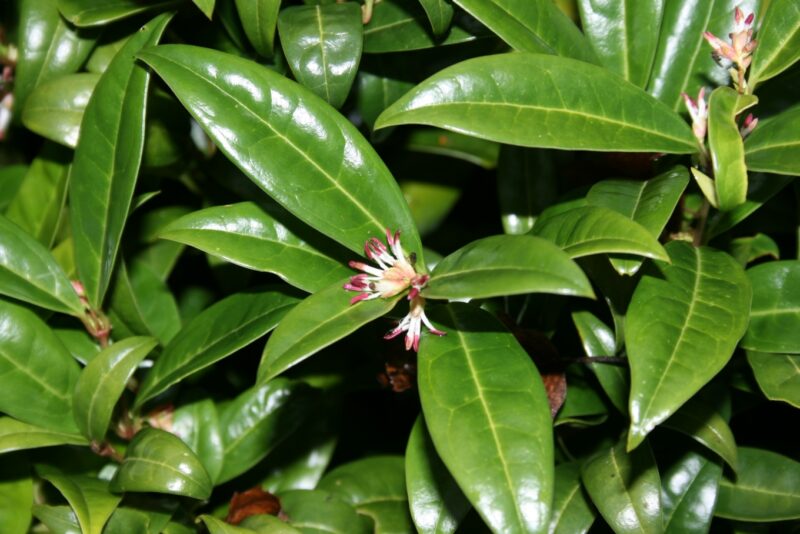
Sarcococca, commonly known as sweet box, is a delightful yet often-overlooked evergreen that adds a lush vibe to the shade. This low-growing shrub is praised for its small but fragrant white flowers that bloom in late winter, heralding the arrival of spring and attracting pollinators. The deep green leaves provide a beautiful backdrop, offering visual interest throughout the year.
Sarcococca thrives in well-drained, slightly acidic soil. It’s perfect for planting in shady spots such as along walkways, beneath larger trees, or even in containers. Be mindful to keep the soil consistently moist, and this hardy shrub will reward you with its enticing fragrance and stunning foliage.
Wintercreeper
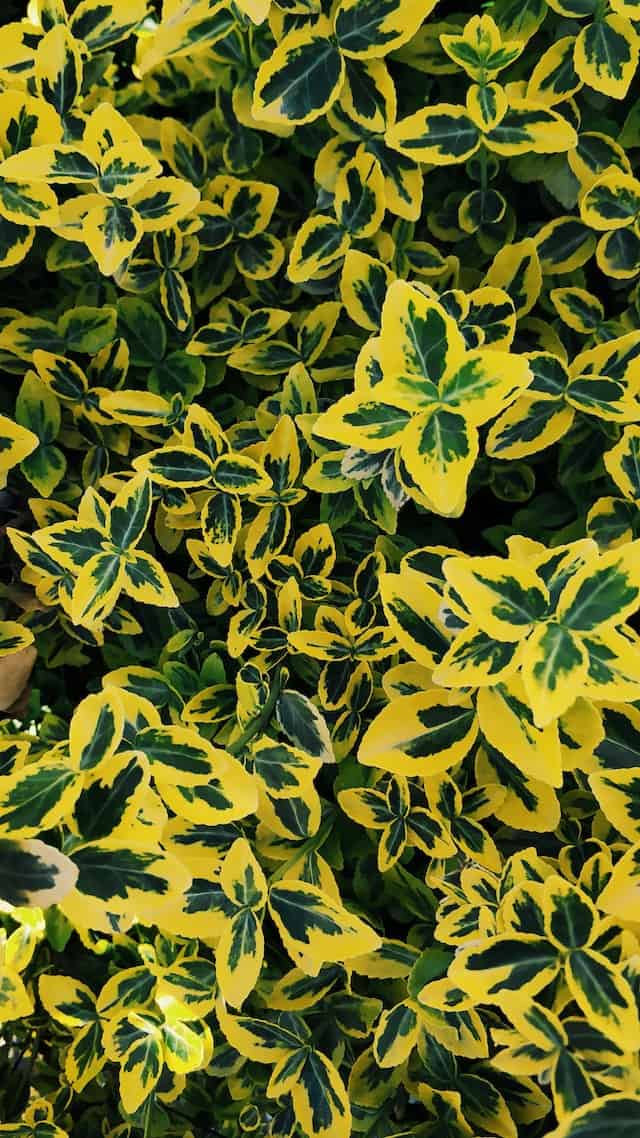
Wintercreeper (Euonymus fortunei) is a versatile, ground-cover evergreen that can thrive in various lighting conditions, including shady areas. Its trailing habit and variegated leaves can create beautiful visual texture across your landscape. Wintercreeper can be used as a ground cover, climbing plant, or even pruned into shape for more structure.
This hardy plant prefers well-drained soil but can tolerate a range of soil types. It performs well in partial shade and even full shade, making it incredibly adaptable for many planting situations. Just be cautious of its spread, as it can be invasive in some regions. With proper management, wintercreeper adds an evergreen aspect to your shaded garden, enhancing its overall beauty.
Dwarf Mugo Pine
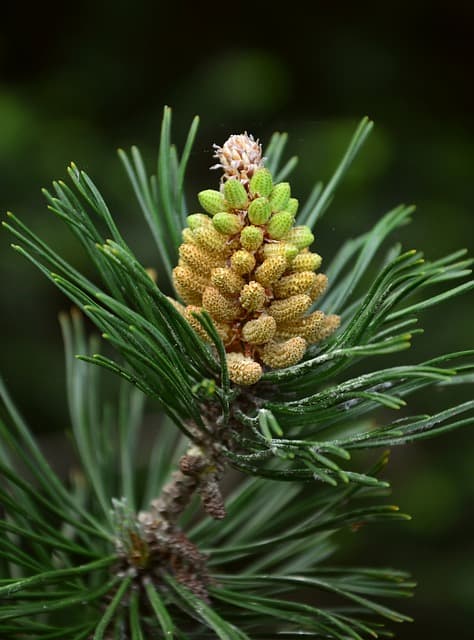
For those looking for a compact evergreen that can thrive in shade, the dwarf mugo pine is an excellent choice. This low-growing pine has a rounded, bushy form adorned with soft needles that provide a textural contrast to other plants in your garden. Its versatile size makes it perfect for low borders or as a focal point in smaller landscapes.
Dwarf mugo pines prefer well-draining, sandy soils. While they can tolerate some shade, be sure to plant them where they receive dappled light to maintain their health and vibrant color. These pines are also relatively low maintenance, requiring minimal pruning and attention once established, allowing you to enjoy a stunning evergreen with little effort.
Kohuhu
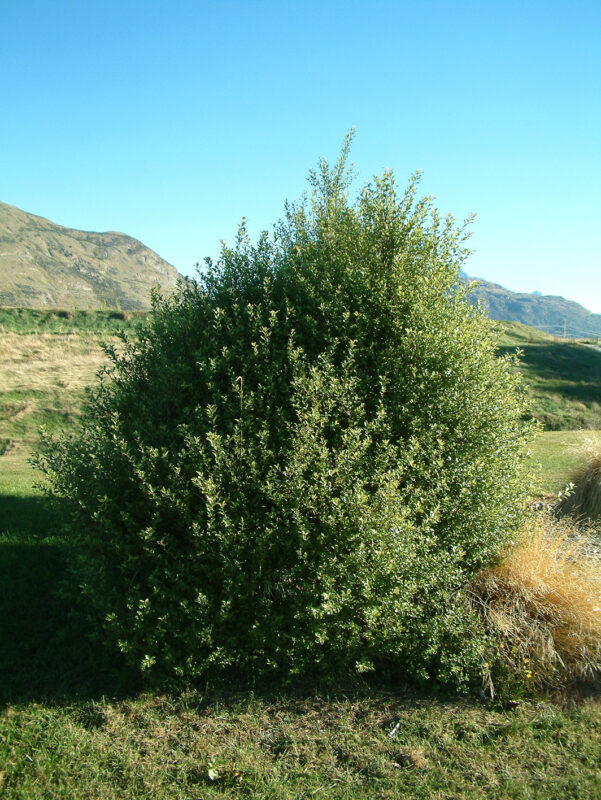
Kohuhu (Pittosporum tenuifolium) is a versatile evergreen shrub native to New Zealand, celebrated for its lush, aromatic foliage that brings a tropical feel to the garden. Reaching up to 10 feet in height, kohuhu can be pruned to shape, making it an excellent addition for informal hedges or as a backdrop for other shade-loving plants.
This shrub flourishes in both sun and shade but particularly thrives in partially shaded areas. Kohuhu prefers well-drained soil and is quite drought-tolerant once established, making it ideal for low-maintenance gardens. Prune those overly enthusiastic branches to keep its shape in check and enjoy its delightful rounded leaves, which will surely add character to your shaded spaces.
Evergreen Japanese Skimmia
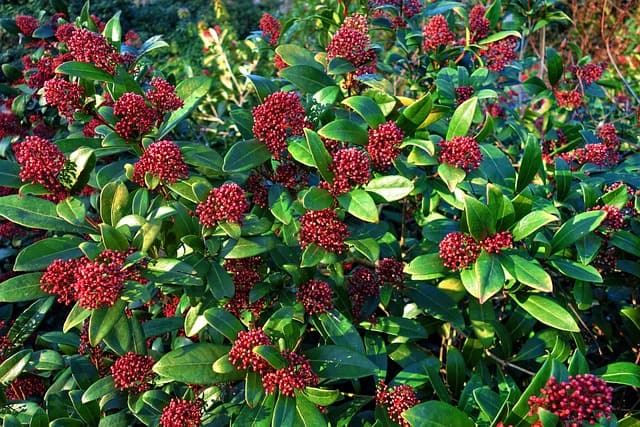
Japanese skimmia (Skimmia japonica) is an evergreen shrub that thrives in shaded areas, making it a favorite among gardeners seeking winter color. The dark, glossy leaves provide a stunning backdrop for clusters of fragrant white flowers that bloom in spring, and the female plants produce vibrant red berries in late summer that become a striking feature into the autumn months.
This shrub prefers moist, well-drained, acidic soil and grows best in partial shade. Japanese skimmia is another excellent choice for creating a layered effect in your garden plan. With its unique characteristics and resilience, this beautiful shrub will surely bring a delightful flourish to your shady areas.
Oregon Grape Holly
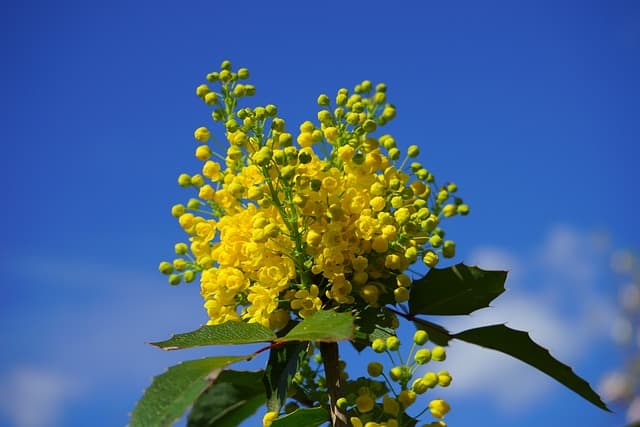
Oregon grape holly (Mahonia aquifolium) is a unique evergreen that adds a bold statement to shaded areas. Known for its spiky leaves reminiscent of holly and clusters of bright yellow flowers in spring, it blossoms, attracting bees and other pollinators. Its deep blue-purple berries come in late summer, providing color and attracting birds.
Oregon grape holly adapts to various soil conditions but thrives best in well-drained, slightly acidic soils. It prefers shady to partially shaded areas and will provide ground cover while brightening up dark corners of your garden. Offering both ornamental and ecological benefits, this evergreen can make your shaded spaces come alive.
Nandina
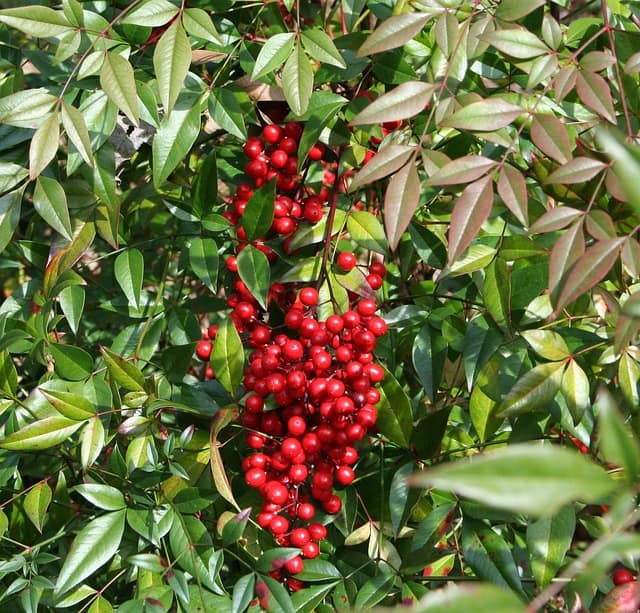
Nandina domestica, commonly known as heavenly bamboo, is a versatile evergreen shrub that thrives in partial to full shade. Known for its enchanting foliage, which changes colors with the seasons—from vibrant green to reddish-purple—nandina adds significant interest to shaded gardens. In spring, you can expect clusters of delicate white flowers, followed by bright red berries in the fall.
Nandina is exceptionally adaptable and can tolerate a wide range of soil types, although it prefers well-drained, moist conditions. With regular pruning, you can shape your nandina to fit your desired garden style. Use it in mixed borders or as a specimen plant to create visual interest in your shaded areas.
Conclusion
Creating a beautiful garden in shady areas is not only achievable but also rewarding with the variety of evergreens available. From azaleas and camellias to yews and nandinas, you can select plants that thrive in less light while still providing vibrant color and lush foliage throughout the year. Each of these evergreens has unique characteristics that contribute to the overall ambiance of your garden, making it a year-round delight.



